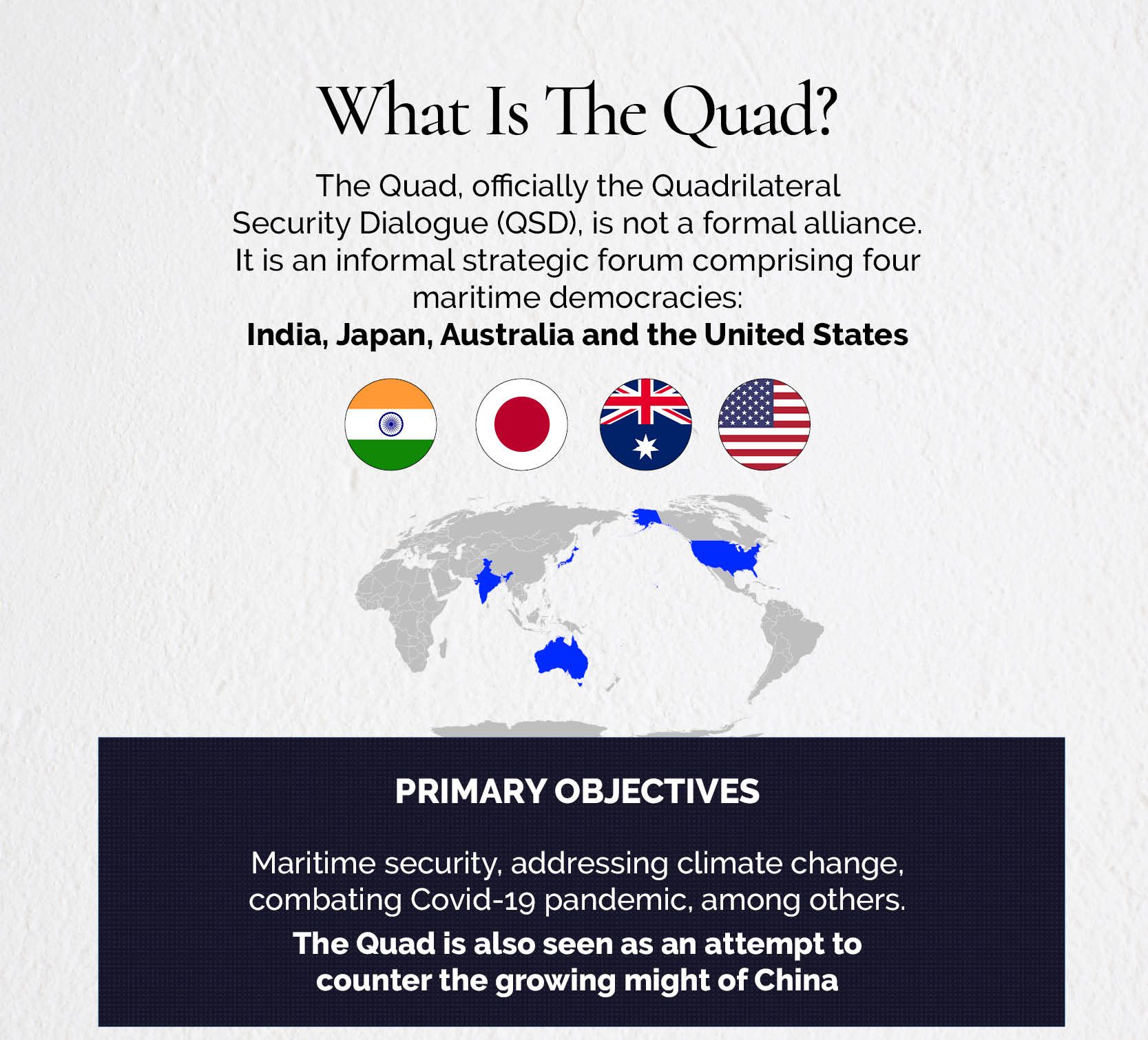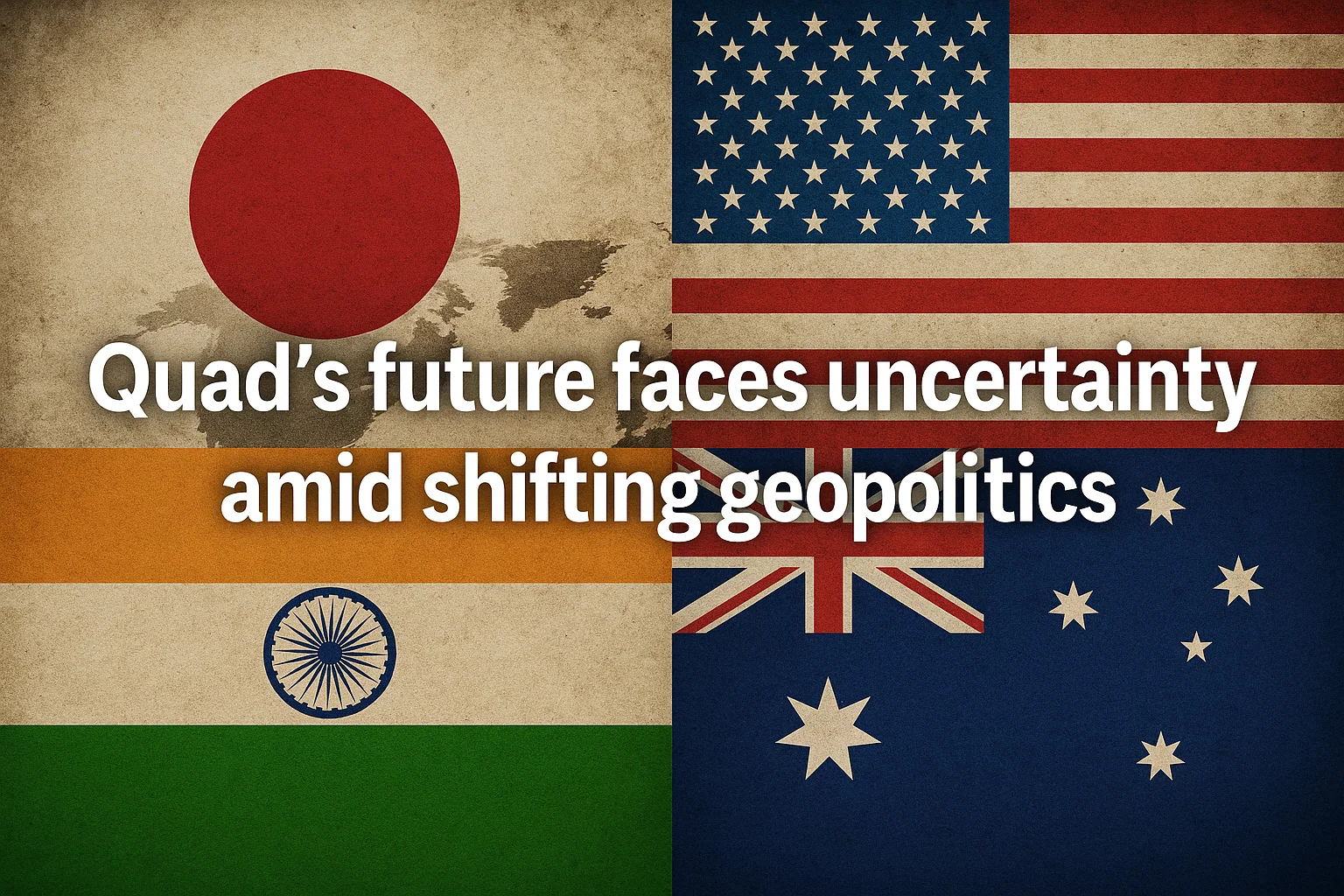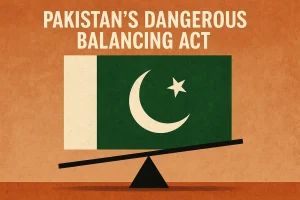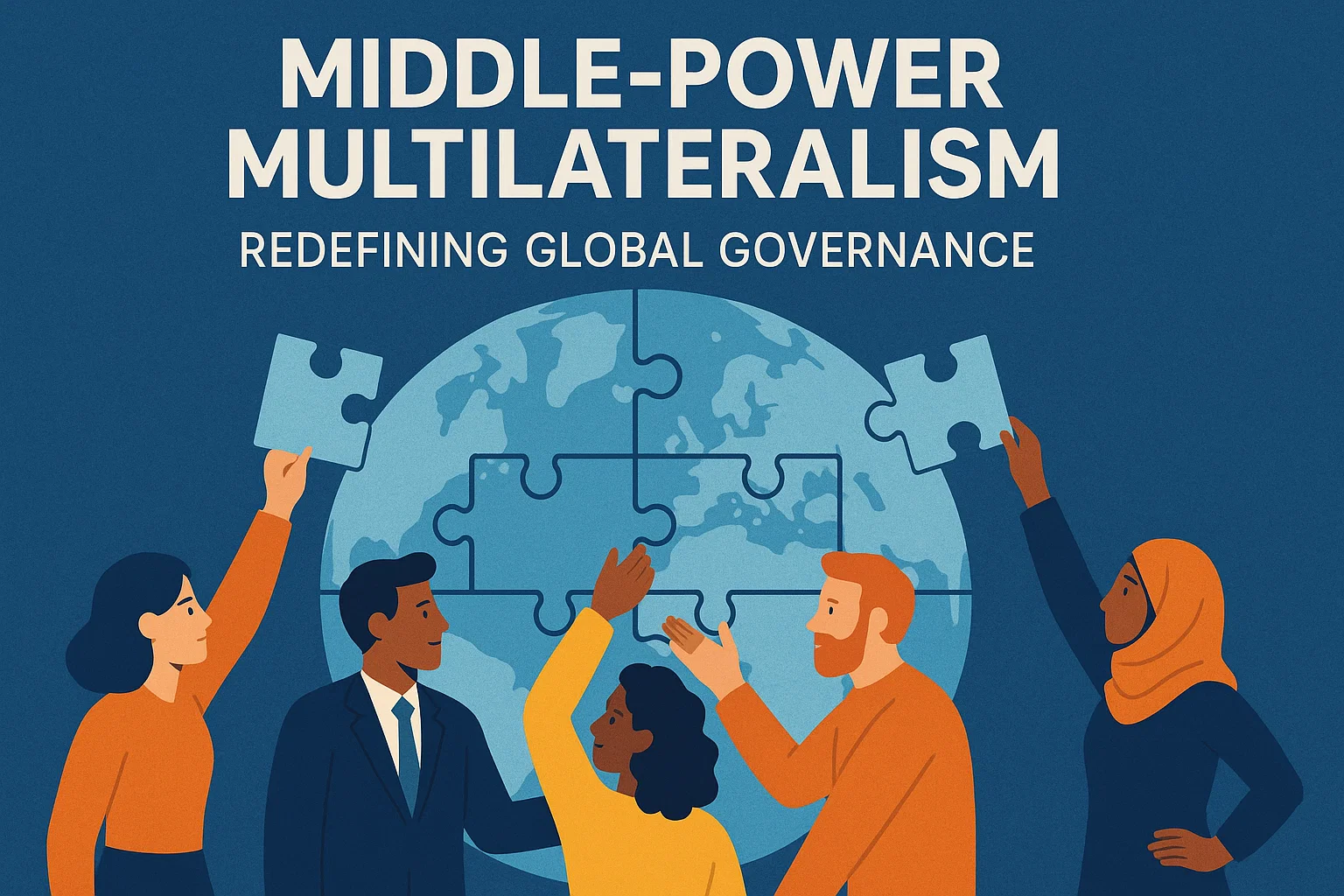Quad’s future faces uncertainty amid shifting geopolitics
The Quad’s future faces uncertainty amid shifting geopolitics. Explore why India’s role is crucial for maintaining Indo-Pacific balance, countering China, and sustaining regional cooperation.
Quad Faces Uncertain Future Without India – Indo-Pacific Security and Cooperation
The uncertainty surrounding the Quad summit in India and reports of Washington exploring deeper defense ties with the Philippines have reignited debates on the grouping’s future and the indispensable role of India in ensuring its strategic balance and legitimacy in the Indo-Pacific.
What is the Quad?
The Quadrilateral Security Dialogue (Quad) is an informal yet strategic forum comprising India, the United States, Japan, and Australia. Its goal is to ensure a free, open, inclusive, and rules-based Indo-Pacific.
Initially conceived in 2007, the Quad was revived in 2017 amid China’s growing assertiveness in the South and East China Seas. It now functions through working groups covering areas such as maritime security, climate change, critical and emerging technologies, cyber cooperation, health, and infrastructure.
Over time, the Quad has become more institutionalised, with regular summits, ministerial-level dialogues, and secretariat-level meetings. It symbolises a convergence of democracies committed to maintaining balance and stability in the Indo-Pacific region.

Significance of the Quad
1. Ensuring a Rules-Based Indo-Pacific
The Quad upholds freedom of navigation and overflight, adherence to UNCLOS (1982), and opposition to coercive behaviour in maritime zones. The Tokyo Joint Statement (2025) reaffirmed these principles, highlighting collective commitment to maintaining open sea lanes and lawful maritime conduct.
2. Strategic Balancing Against China
The Quad’s revival reflected a shift in U.S. strategy—from “Asia-Pacific” to “Indo-Pacific”—with India as a central pillar. The 2024 U.S. Indo-Pacific Strategy Report described India as a “net security provider” capable of anchoring regional stability and countering China’s expanding influence across the Indian Ocean and Western Pacific.
Through coordinated maritime patrols, dialogues, and shared logistics frameworks, the Quad acts as a strategic balancer in an increasingly contested Indo-Pacific.
3. Functional Cooperation
The Indo-Pacific Partnership for Maritime Domain Awareness (IPMDA) strengthens real-time intelligence sharing across the Indian Ocean and Pacific Islands, improving surveillance and response capabilities.
The Malabar Naval Exercise, which became quadrilateral in 2020, remains a symbol of growing operational coordination, enhancing interoperability and joint readiness among the four navies.
4. Economic and Developmental Engagement
Through projects like the Blue Dot Network and the Supply Chain Resilience Initiative (SCRI), the Quad provides a transparent and sustainable alternative to China’s Belt and Road Initiative (BRI).
At the Quad Summit 2022, members pledged $50 billion in infrastructure funding for the Indo-Pacific, aimed at strengthening connectivity, energy transitions, and resilient supply chains.
5. Human Security and Technology Cooperation
The Quad Vaccine Partnership exemplified collaborative public health efforts during the COVID-19 pandemic. Further, initiatives in AI, semiconductors, quantum computing, and cybersecurity are fostering open, secure, and interoperable digital ecosystems.
These efforts align with India’s Economic Survey 2022–23, which underscored the growing role of technology-led global governance.
Major Challenges Facing the Quad
1. Divergent Strategic Priorities
The United States sees the Quad as a security-oriented alliance, while India envisions it as a consultative and issue-based partnership. India’s emphasis on ASEAN centrality often contrasts with Washington’s Pacific-centric approach.
2. Absence of Formal Structure
Unlike traditional alliances, the Quad lacks a treaty, charter, or permanent secretariat, making it dependent on the political will of its members. Leadership changes, such as policy shifts under the Trump administration, have shown how fragile coordination can become.
3. Intra-Bloc Policy Divergences
Member nations differ on global crises such as Ukraine, Gaza, and Myanmar, which restricts the Quad’s ability to take unified positions on contentious issues.
4. China’s Criticism and Regional Sensitivities
China labels the Quad an “Asian NATO,” portraying it as a containment strategy. This narrative influences perceptions within ASEAN, where some countries fear being drawn into a bloc-based confrontation, complicating diplomatic outreach.
5. Overlap with AUKUS
The emergence of AUKUS (Australia–UK–US) risks diluting the Quad’s strategic focus, relegating it to softer domains like health, climate, and technology. Without a strong Indian engagement, the Quad’s capacity to project influence in the Indian Ocean may weaken significantly.
Conclusion
The Quad’s strength lies in its collective credibility and India’s geostrategic centrality. Without India’s active participation, the grouping risks losing its Indo-Pacific character, moral balance, and developmental focus. For the Quad to endure, it must reconcile strategic differences, institutionalise cooperation, and align its vision around inclusivity, resilience, and shared democratic values.
Subscribe to our Youtube Channel for more Valuable Content – TheStudyias
Download the App to Subscribe to our Courses – Thestudyias
The Source’s Authority and Ownership of the Article is Claimed By THE STUDY IAS BY MANIKANT SINGH




